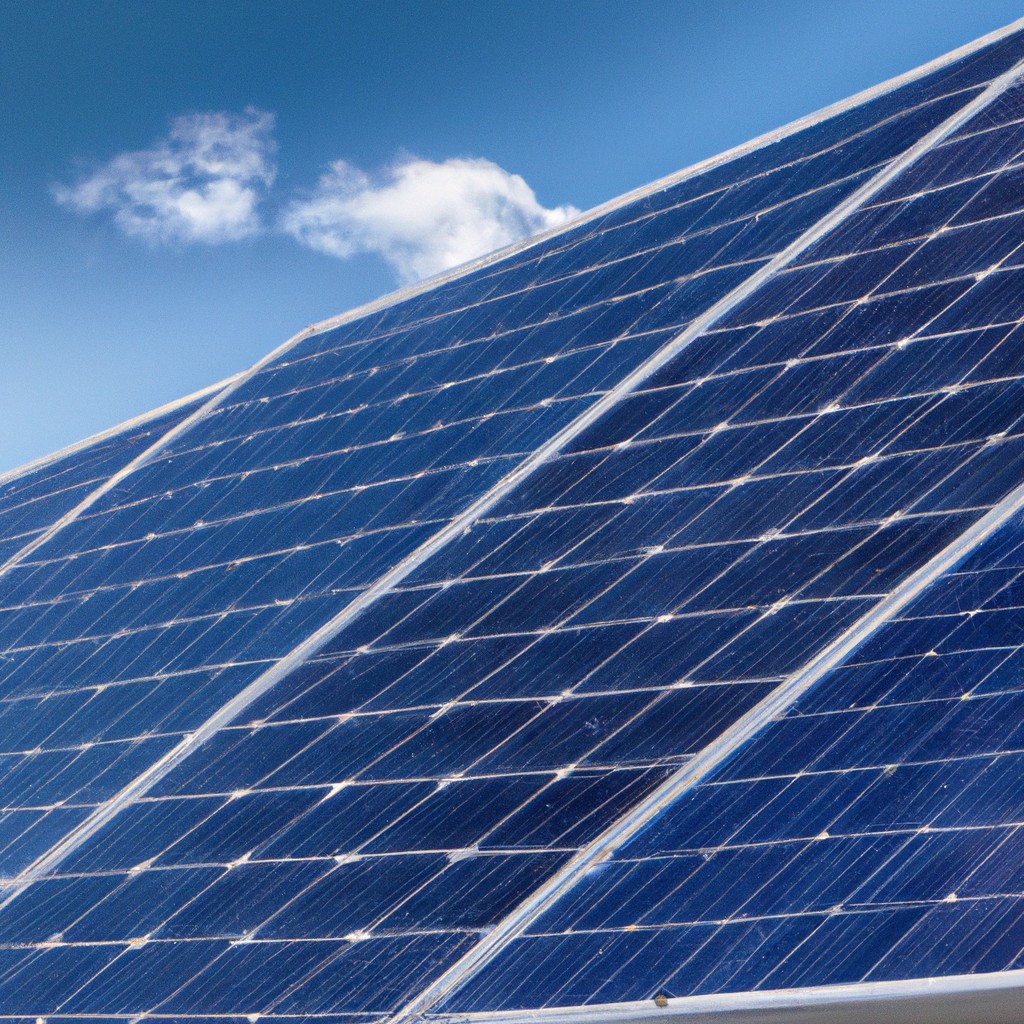This article will guide you on how to determine if your solar panels are working properly using simple, practical methods.
Key takeaways:
- Inspect solar inverter for green light and fault codes.
- Review electric bill for decrease in energy costs.
- Visually inspect panels for damage, debris, and shade.
- Use monitoring software to track performance and detect issues.
- Confirm proper installation, alignment, and wiring.
Inspect Your Solar Inverter

The solar inverter is the maestro of your solar orchestra, effectively translating the sun’s symphony into electricity you can actually use. To check if it’s on its A-game, look for the green light, typically an indicator that everything is smoothly converting. No green? Time to troubleshoot.
Sometimes it’s as simple as a reset. Other times, fault codes can tell tales of specific issues. These codes are usually detailed in your inverter’s user manual—a bedside book for solar enthusiasts! In daylight hours, the inverter should be active and lively, much like sunflowers on a sunny day. If it’s silent as the moon during these times, it might be in need of professional attention. Remember, keeping an eye on the inverter’s display can offer quick clues about the health of your entire solar system.
Review Your Electric Bill
When it comes to understanding solar panel performance, your electric bill is like a secret decoder ring. If your system is humming along nicely, you’ll see a noticeable decrease in your energy costs compared to pre-installation bills. Look for the net metering section; it details how much energy you’ve contributed to the grid versus how much you’ve used. A successful setup often results in energy credits during sunnier months. If you’re seeing bills that look suspiciously like your solar panels are just expensive roof decorations, it might be time for a deeper investigation.
Visually Inspect Your Solar Panels
Dust, debris, and bird droppings—these aren’t just inconveniences, they are solar panel performance party poopers. A quick visual check can reveal if your panels are clear or if they’ve turned into a mess hall for birds. Look for any obvious signs of damage such as cracks or discoloration. These issues can block sunlight and reduce efficiency, much like sunglasses on a sunny day—except you can’t take them off quite as easily.
If the panels are mounted out of reach, using binoculars can give you a close-up view without the risk of a rooftop expedition. Ensure the panels are not shaded by new tree growth or newly constructed structures around your property. Remember, shade is the arch-nemesis of solar productivity!
By keeping them clean and obstruction-free, you ensure that your panels are basking in as much sunlight as possible, transforming those glorious rays into clean energy, rather than just sitting on your roof catching dust. Keep an eye on these aspects regularly to harness the full potential of your solar investment.
Consult System’s Monitoring Software
Most modern solar systems come equipped with real-time monitoring software, which is the tech-savvy way to keep an eye on your electric pals. This handy tool provides detailed insights about your solar panels’ performance, making it easier to detect any unusual dips in energy output.
You can usually access this data through a website or a mobile app specific to your solar system provider. The interface often shows power generation in live time, historical data, and sometimes even predicts future performance based on past trends and weather forecasts.
This is not just useful for detecting issues. For example, you might notice that your energy production peaks at unexpected times or under certain weather conditions, helping you plan better usage to maximize efficiency. If the numbers look peculiar—for instance, if on a sunny day your panels seem to be on a leisurely siesta—this might indicate an issue that needs addressing, possibly involving a professional.
Regularly checking the monitoring software not only helps in maintaining the health of your solar system but also turns you into a sort of solar detective, minus the trench coat.
Confirm Proper Installation and Wiring
Ensuring that your solar panels are correctly installed and properly wired is crucial for optimal performance. Faulty installation can lead to reduced efficiency or, worse, a complete system failure. Here are a few tips to help you confirm that everything is set up correctly:
Check the alignment of the panels to ensure they are positioned to receive maximum sunlight throughout the day. Misaligned panels can significantly decrease energy production.
Examine the wiring connections between the panels and to your inverter. Loose or corroded wires can disrupt the flow of electricity and compromise the safety of your system.
Look out for any shading on or around your panels, especially from new constructions or growing trees. Even partial shading can cause a substantial drop in output.
If you’re not confident in your ability to assess these aspects accurately, it’s a wise idea to hire a professional to perform a thorough inspection. Regular maintenance checks can prevent small issues from turning into major problems, keeping your system running smoothly for years to come.




